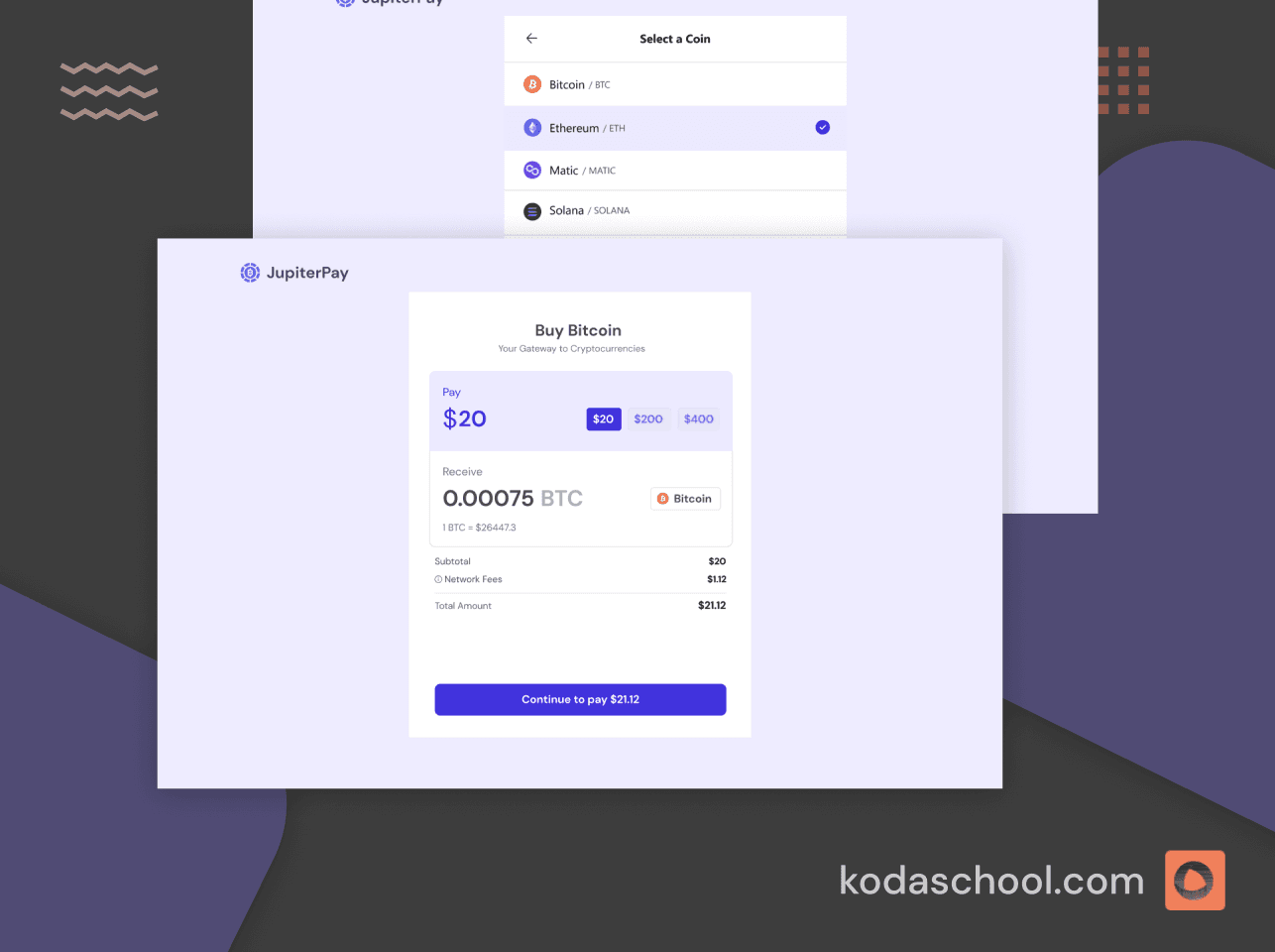Network Connections in AWS for the Solutions Architect associate Exam
Discover the key differences between AWS network connection options like Direct Connect, Site-to-Site VPN, and VPC Peering. Learn how each service works and their specific use cases.
When building cloud solutions on AWS, understanding the various network connection options is essential for ensuring secure, efficient, and scalable data transfer. AWS provides multiple ways to establish connections between your on-premises environments, VPCs (Virtual Private Clouds), and AWS services. The most common options include AWS Direct Connect, AWS Site-to-Site VPN, and VPC Peering. In this article, we will explore how each of these network connection options works, their use cases, and the differences between them.
1. AWS Direct Connect
How It Works: AWS Direct Connect is a dedicated, private network connection that allows you to connect your on-premises data center directly to AWS. This physical connection bypasses the public internet, enabling more consistent network performance, lower latency, and higher bandwidth. You can create virtual interfaces to connect to your VPC or other AWS services such as S3, and route traffic privately between your network and AWS.
Use Cases:
- High-volume data transfer: Direct Connect is ideal for applications that require high-speed data transfer between on-premises infrastructure and AWS, such as media streaming, data backups, and large-scale data analytics.
- Hybrid cloud setups: Companies using a mix of on-premises and cloud environments benefit from Direct Connect, especially when they need reliable, low-latency connections for hybrid cloud architectures.
- Compliance requirements: Certain industries, like finance and healthcare, have strict regulations around data handling. Direct Connect provides an extra layer of security by avoiding the public internet.
Key Benefits:
- High-speed, low-latency connection
- Predictable performance for mission-critical workloads
- Enhanced security due to private network access
2. AWS Site-to-Site VPN
How It Works: AWS Site-to-Site VPN establishes a secure, encrypted connection between your on-premises network or another cloud environment and your AWS VPC over the internet. It uses the IPsec (Internet Protocol Security) protocol to create the VPN tunnels and encrypt the traffic between endpoints. VPN connections can be created quickly and are typically used for smaller-scale operations or as a backup to Direct Connect.
Use Cases:
- Cost-effective connectivity: For businesses looking for a quick and budget-friendly connection to AWS, Site-to-Site VPN offers an efficient solution without needing additional infrastructure.
- Backup to Direct Connect: Many organizations use Site-to-Site VPN as a failover solution for Direct Connect to ensure continuous connectivity in case the dedicated connection goes down.
- Small to medium workloads: VPN connections are sufficient for workloads that don’t require high bandwidth or low latency, such as basic application hosting or small-scale data transfers.
Key Benefits:
- Encrypted connection over the public internet
- Fast to set up, with lower costs compared to Direct Connect
- Flexibility in connecting various on-premises locations
Try Kodaschool for free
Click below to sign up and get access to free web, android and iOs challenges.
3. VPC Peering
How It Works: VPC Peering allows you to connect two or more VPCs together using private IP addresses. Traffic between the VPCs is routed using AWS’s private network, avoiding the public internet. VPC Peering works within the same AWS region or across different regions (called Inter-Region VPC Peering), but it does not support transitive peering (i.e., you cannot route traffic through a peered VPC to other VPCs).
Use Cases:
- Cross-VPC communication: VPC Peering is ideal when you need to share resources, such as databases or services, between VPCs, but want to maintain separate network boundaries for security or organizational reasons.
- Multi-region architectures: Inter-Region VPC Peering allows you to create resilient, globally distributed applications by connecting VPCs in different AWS regions.
- Isolation with selective connectivity: Businesses with separate environments (e.g., development and production) can keep them isolated while still enabling controlled, secure communication.
Key Benefits:
- Low-latency, private communication between VPCs
- No need for additional hardware or VPN connections
- Cost-effective for VPC-to-VPC communication
4. AWS Transit Gateway
How It Works: AWS Transit Gateway acts as a central hub for connecting multiple VPCs and on-premises networks via Direct Connect and Site-to-Site VPN. It allows you to manage and route traffic between thousands of VPCs or accounts using a single point of control. Transit Gateway supports transitive routing, meaning that traffic can be routed through multiple VPCs or networks using one gateway.
Use Cases:
- Complex multi-VPC architectures: For large-scale cloud deployments that involve multiple VPCs, Transit Gateway simplifies network management by providing a centralized hub.
- Hybrid architectures: Transit Gateway helps companies seamlessly integrate on-premises data centers and cloud resources in a single, unified network.
- Inter-region connectivity: You can connect VPCs in different regions and manage cross-region traffic using Transit Gateway.
Key Benefits:
- Centralized management for large network environments
- Support for transitive routing between VPCs
- Scalable to thousands of VPCs and networks
Differences Between Direct Connect, Site-to-Site VPN, and VPC Peering
Conclusion
Selecting the right AWS network connection depends on your business needs, budget, and performance requirements. AWS Direct Connect is ideal for high-performance, secure connections, while AWS Site-to-Site VPN is cost-effective and quick to deploy. VPC Peering is perfect for enabling private communication between VPCs, and AWS Transit Gateway simplifies management for large-scale, multi-VPC environments. Understanding the strengths and limitations of each connection type allows businesses to make informed decisions about building secure, scalable network architectures in the cloud.
Sample Questions
Question 1:
What is the main advantage of using AWS Direct Connect over AWS Site-to-Site VPN for connecting your on-premises data center to AWS?
A) Faster setup time
B) Encrypted data over the public internet
C) High bandwidth and lower latency
D) Cost-effective for small workloads
Answer: C
AWS Direct Connect provides a dedicated, private connection between your on-premises data center and AWS, offering higher bandwidth and lower latency compared to Site-to-Site VPN, which routes traffic over the public internet.
Question 2:
Your company needs to connect multiple VPCs within the same AWS region to share resources. Which AWS service is most suitable for this task?
A) AWS Direct Connect
B) VPC Peering
C) Site-to-Site VPN
D) AWS Transit Gateway
Answer: B
VPC Peering allows secure, low-latency communication between VPCs within the same region. It is cost-effective and does not require a central hub like Transit Gateway.
Scenario-Based Question 3:
You are managing a hybrid cloud environment with on-premises infrastructure and multiple AWS VPCs. Your application requires frequent large data transfers and needs to ensure compliance with strict data privacy regulations. What network connection should you choose?
A) AWS Site-to-Site VPN
B) AWS Direct Connect
C) VPC Peering
D) AWS Transit Gateway
Answer: B
For high data transfer needs and compliance requirements, AWS Direct Connect offers a dedicated, private connection that ensures consistent performance and enhanced security by avoiding the public internet.
Scenario-Based Question 4:
A global company needs to connect its VPCs across different AWS regions. The VPCs must communicate with each other, and the company requires centralized routing for easier management. Which AWS service should they use?
A) VPC Peering
B) AWS Transit Gateway
C) AWS Direct Connect
D) AWS Site-to-Site VPN
Answer: B
AWS Transit Gateway provides a centralized hub for routing traffic between multiple VPCs, supporting transitive routing. It is especially useful in multi-region setups where you need to manage cross-region communication efficiently.
Question 5:
Which of the following is NOT a characteristic of AWS Site-to-Site VPN?
A) Encrypted communication over the public internet
B) High bandwidth for large-scale data transfers
C) Quick and easy setup
D) Lower cost compared to AWS Direct Connect
Answer: B
AWS Site-to-Site VPN provides encrypted communication over the public internet but does not offer high bandwidth for large-scale data transfers. It is more suited for small workloads or as a backup for AWS Direct Connect.











